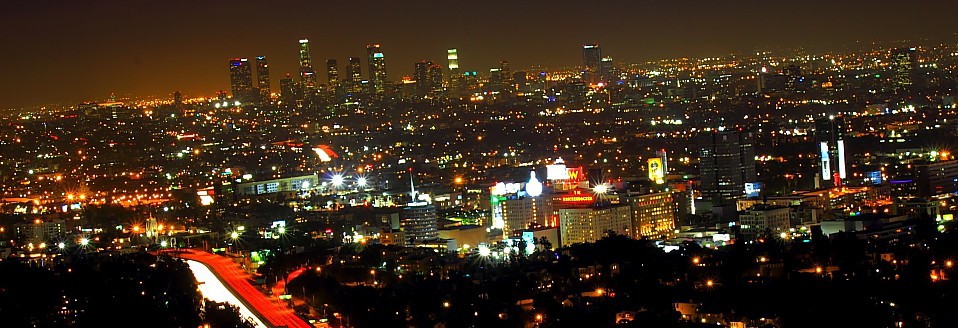Finally, the cold weather that has plagued Los Angeles seems to be ending, and spring flowers are everywhere. And so are terrific group art exhibitions.
As if celebrating the season, the Loft at Liz’s serves up a delicious, vibrantly colorful exhibition, Finding Beauty. Splashing big with texture, color, and light, the exhibition is all about natural beauty and ecology, and is the creation of a new multi-disciplinary art collective, UOOORS. Curated by Fatemeh Burnes and Mei Xian Qiu, the exhibition features the works of Aline Mare, Fatemeh Burnes, Naida Osline, Neal Taylor, Ray Beldner, Marjan Vayghan, Rob Grad, Sue Irion, John David O’Brien, Kubo Hkla, Poul Lange, Ellen Friedlander, Naida Osline, and Mei Xian Qiu.
Stellar works in a variety of mediums even included an opening night performance: a ritual burial of a deceased lizard, joining the soil of a potted plant. It’s a jubilant and delightful exhibition, from the rich painted works of Vayghan and Burnes to the lush and liminal photography of Friedlander. The gallery is open every day 11- 6 with the exception of Sunday, and runs through June 12th.
Downtown there’s even more art in bloom. Head downtown to the Bendix Building for a wide range of shows on multiple floors. On the 8th, don’t miss the terrific new group exhibition at Durden and Ray. Curated by Hagop Najarian and Stephanie Sherwood, Expansion Joint offers a visually stimulating, richly entertaining exhibition. Debby and Larry Kline‘s sculptural works appear throughout the show, both tying the varied images together and adding notes whimsical and mysterious – perhaps bunny astronauts or interstellar adventurers, they “visit” works by Gretchen Batchellar, Carsten Bund, Kim Garcia, Hagop Najarian, Stephanie Sherwood, and HK Zamani.
The exhibition as a whole investigates space – both on Earth and apart from it. Edgy and surreal, witty, and, well, expansive, the show includes an eight foot ink drawing (just one panel in a larger piece) by the Klines, “The Dark Side of the Moon (Phase 3);” as well as Sherwood’s fascinating abstract-painted discarded furniture, fusing 3D with 2D work. Similar fusion but a very different style, Zamani’s mix of dimensions comes in vivid chromakey blue and black; it’s a slash of color that commands attention. Bund’s mesmerizing digital painting; and Najarian’s vivid, delightful mix of the figurative and abstract, are also among this show’s thoroughly immersive works. In short, this is an exhibition that stimulates, amuses, and, well, expands the viewer’s sense of artistic consciousness. Don’t miss – the show is only up until May 21st, and is open on Saturdays 12-6, and by appointment.
Elsewhere in the building, Christopher Ulivo’s fantastical, narrative, fun, and intricate egg tempura paintings, Ancient Rome Today glows with light and calls out for a detailed viewing through June 3rd at Track 16; the gallery is open Wed-Sat 10-6.
Pas de deux: Death’s Crook is a spooky, cool digital exhibition pulsing with eerie black and white appeal by Jacqueline De Jong and Ozgur Kar at Chatteau Shatto next door, through June 4.
The absorbing, highly textural group exhibition at Tiger Strikes Astroid – Theories & Prayers on Concrete, runs through May 21st, featuring work that examines migration both physical and emotional, by Adrian MM Abela, Mariam Alcantara, and Lupita Limón Corrales, curated by Jackie Rines.
Next door at Monte Vista Projects, a two-person exhibition blends sculpture and painted works in Push & Pull, an exhibition offering the painted work of Wendy Duong and the wiry, inventive sculptures of Connor Walden.
And, 515 Gallery serves up a group show of tasty abstract works, many geometric in nature, through May 20th. A. M. Rousseau, Sijia Chen, Fatemeh Burnes, Mei Xian Qui, Ave Pilada, Ruth Trotter, Carolie Parker, Danny Shain are among the fine artists exhibited in Rewire. Contact these galleries for hours.
Now, go spring into art action!
- Genie Davis; photos by Genie Davis





























































































































